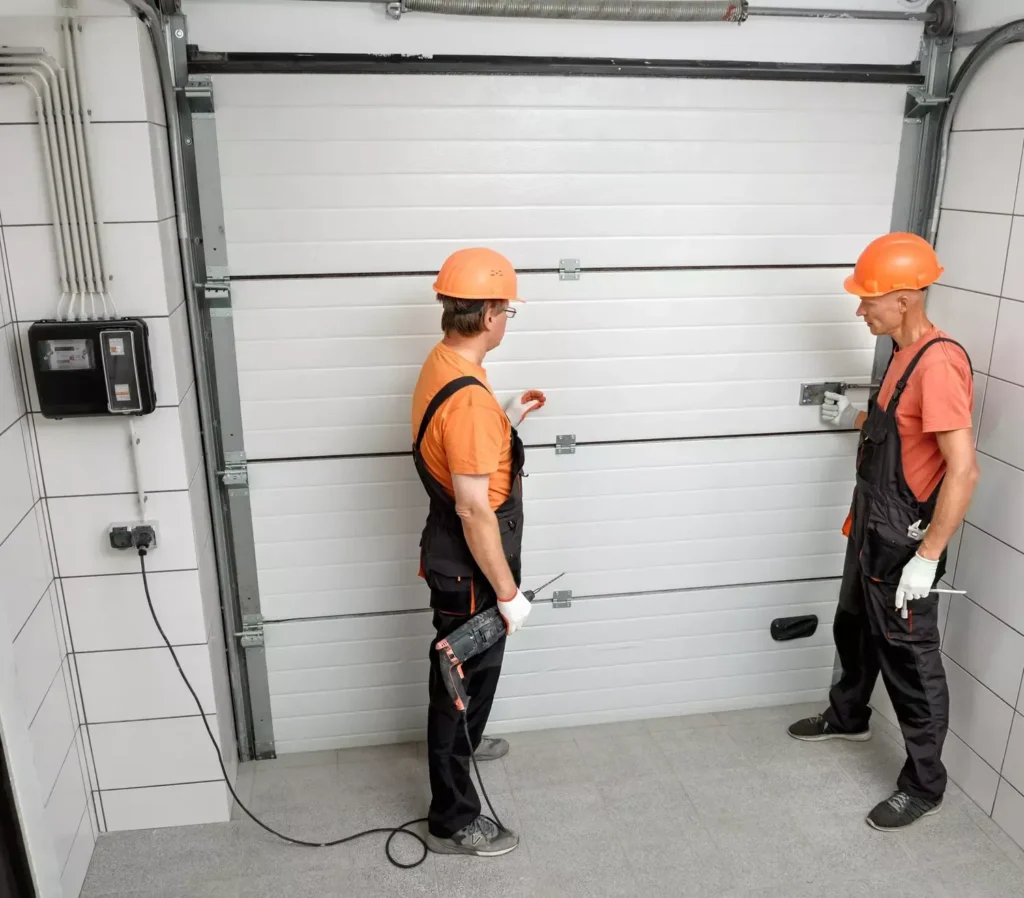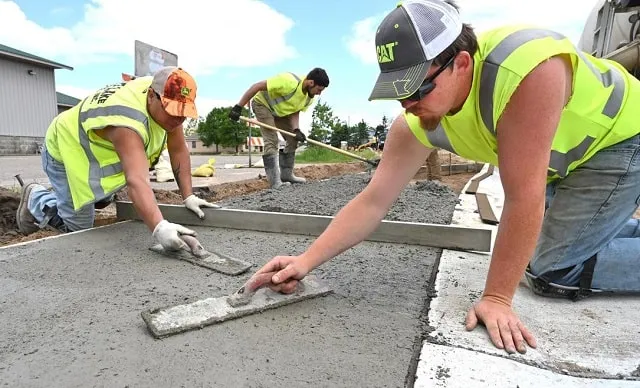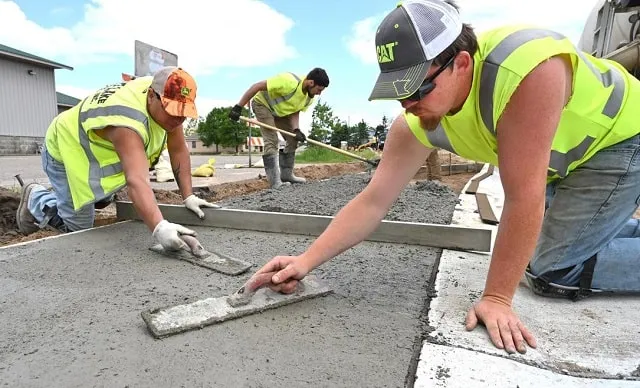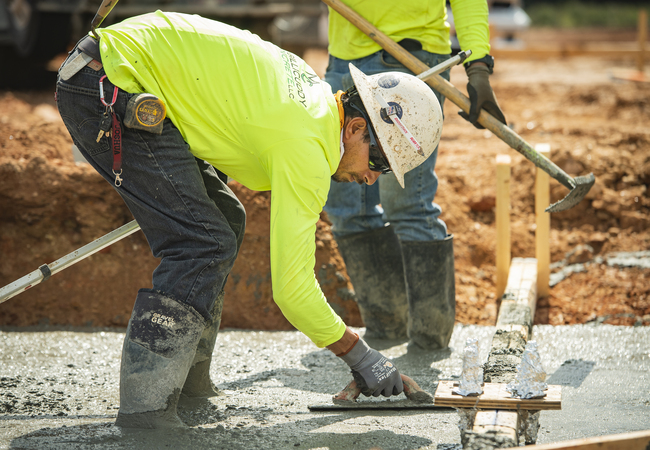As a homeowner who takes pride in maintaining every aspect of my property, I’ve come to appreciate the importance of a well-functioning garage door. It’s not just about curb appeal—it’s about safety, security, and convenience. However, like any mechanical system, garage doors require regular maintenance and occasional repairs to ensure they continue to operate smoothly and efficiently. One critical component that often needs attention is the hinges.

In this guide from Garage Door Repair, I’ll walk you through everything you need to know about garage door hinge replacement: when it’s necessary, how to do it yourself, and the benefits of keeping your hinges in top condition.
Knowing When It’s Time for Replacement
First and foremost, let’s discuss when it’s time to replace your garage door hinges. Over time, hinges can become worn, damaged, or corroded due to constant use, exposure to the elements, and general wear and tear. Here are some signs that indicate it may be time for a replacement:
- Visible Damage: Inspect the hinges for signs of cracking, bending, or rust. If you notice any visible damage, it’s a clear indication that the hinges need to be replaced.
- Squeaking or Grinding Sounds: If your garage door emits squeaking or grinding noises when opening or closing, it could be a sign that the hinges are worn out and in need of replacement.
- Difficulty Opening or Closing: A garage door that struggles to open or close smoothly may have hinge issues. Worn or damaged hinges can cause the door to bind or get stuck, compromising both safety and functionality.
- Loose or Wobbly Hinges: Check the hinges for any looseness or wobbliness. Loose hinges can lead to misalignment and instability, posing a safety risk to you and your family.
Gathering the Necessary Tools and Materials
Before you begin the replacement process, gather the necessary tools and materials:
- Replacement hinges
- Wrench or socket set
- Hammer
- Screwdriver
- Lubricant (such as silicone spray or WD-40)
- Safety goggles and gloves
Steps for Garage Door Hinge Replacement
Now, let’s walk through the steps for replacing your garage door hinges:
- Safety First: Ensure the garage door is fully closed and disconnected from the opener to prevent any accidents or injuries during the replacement process.
- Remove the Old Hinges: Using a wrench or socket set, loosen and remove the bolts securing the old hinges to the door panels. Carefully pry the hinges away from the door using a screwdriver or hammer if necessary.
- Clean and Lubricate: Take this opportunity to clean the hinge areas on the door panels and lubricate the new hinges with a silicone spray or WD-40 for smooth operation.
- Install the New Hinges: Position the new hinges in place on the door panels, aligning them with the existing holes. Insert the bolts and tighten them securely using a wrench or socket set.
- Test the Door: Once all the new hinges are installed, manually open and close the garage door several times to ensure smooth operation and proper alignment.
- Adjust if Necessary: If the door is not closing or opening correctly, you may need to make adjustments to the hinge placement or tension. Refer to the manufacturer’s instructions for guidance on adjusting the hinges.
- Final Checks: Inspect the hinges and door panels one last time to ensure everything is securely in place and functioning properly.
Benefits of Garage Door Hinge Replacement
Investing the time and effort into replacing your garage door hinges offers several benefits:
- Improved Functionality: New hinges ensure smooth and reliable operation of your garage door, reducing the risk of malfunctions and breakdowns.
- Enhanced Safety: Worn or damaged hinges can compromise the safety and security of your garage, so replacing them helps maintain a secure environment.
- Extended Lifespan: By replacing hinges before they fail completely, you can extend the lifespan of your garage door system and avoid costly repairs down the line.
- Curb Appeal: A well-maintained garage door enhances the overall appearance of your home, boosting curb appeal and property value.
Conclusion: Preserve Your Garage Door’s Integrity
In conclusion, based from Garage Door Repair, garage door hinge replacement is a straightforward yet essential maintenance task that can prolong the lifespan of your garage door system and ensure its continued functionality and safety. By knowing when it’s time for replacement, gathering the necessary tools and materials, and following the step-by-step installation process outlined above, you can tackle this project with confidence and keep your garage door operating smoothly for years to come. Remember, regular maintenance is key to preserving the integrity of your garage door and protecting your home and family.
Roadrunner Garage Doors
2950 North Loop West, Suite 500
Houston, TX 77092
713-473-8168









